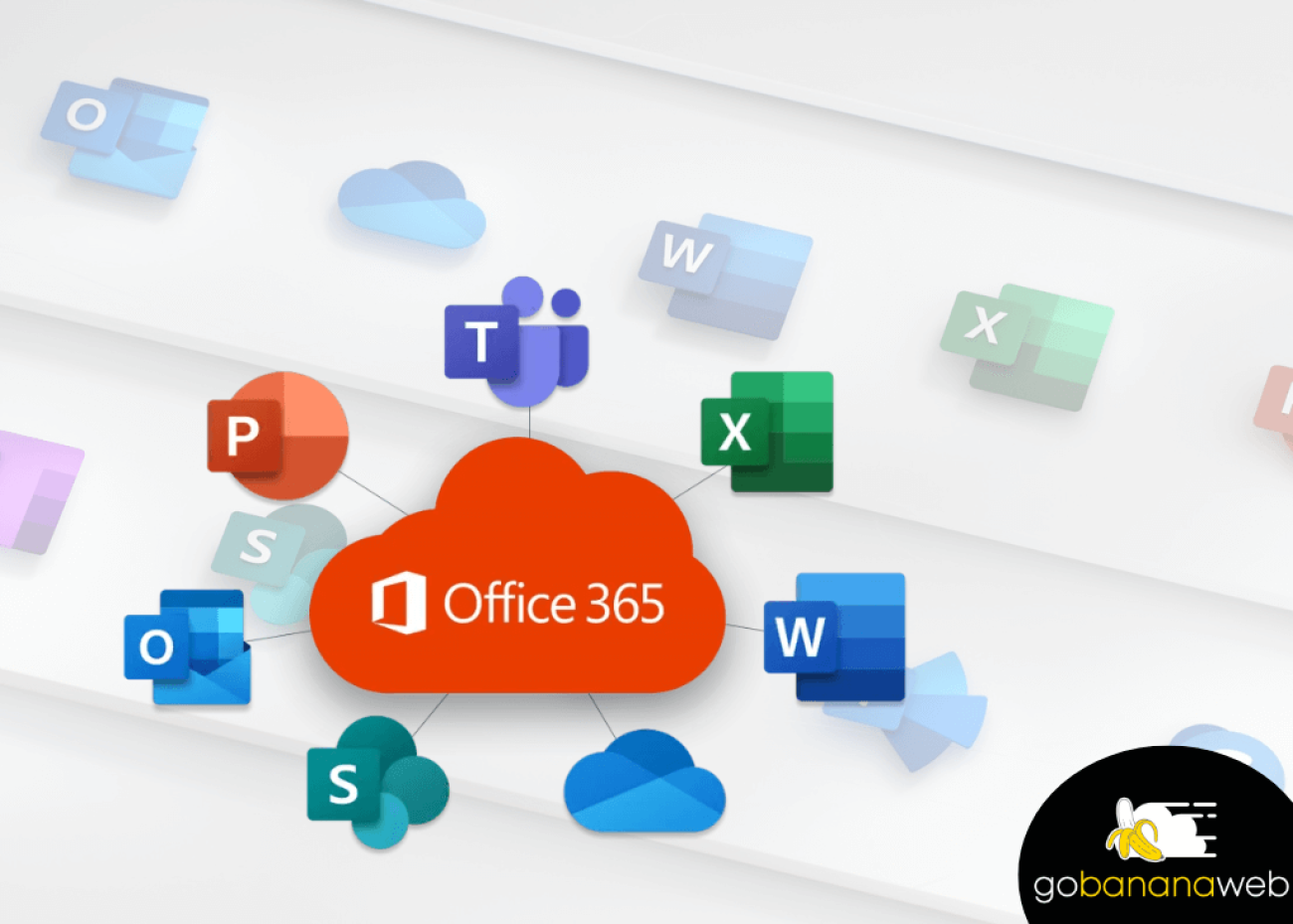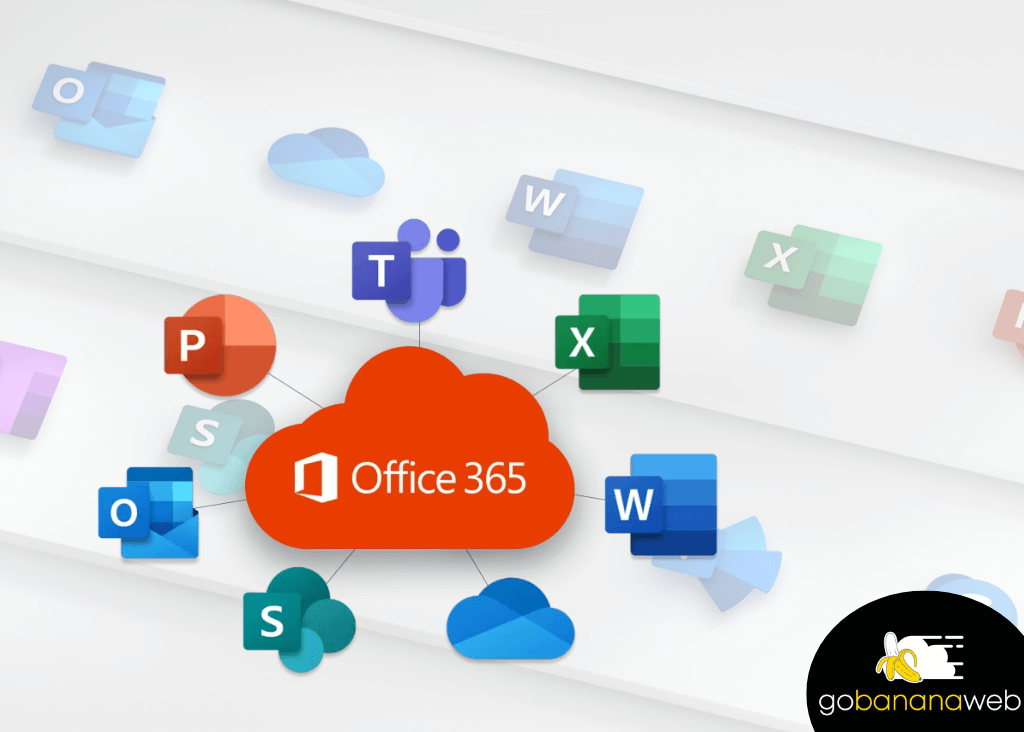5 Tips for Protecting Sensitive Data in Microsoft Office 365
In today’s digital era, safeguarding sensitive data is crucial. Many businesses use cloud-based solutions such as Microsoft Office 365 to streamline their operations, making the protection of sensitive information a top priority.
This article will provide five practical tips for businesses to secure their data while using Office 365, focusing on SharePoint and OneDrive.
Implement Data Loss Prevention (DLP) Policies:
Microsoft Office 365 provides powerful Data Loss Prevention (DLP) policies that enable you to establish rules and conditions for safeguarding sensitive data.
You can set up policies to identify and block the sharing or storage of confidential information, like credit card numbers or social security numbers. It’s essential to ensure that sensitive files are encrypted and accessible only to authorized users.
Use Advanced Threat Protection:
Office 365’s ATP safeguards your organization from phishing, malware, and malicious links by scanning email attachments and links to block threats before reaching your inbox, reducing data exposure risk.
Enable Multi-Factor Authentication (MFA):
Multi-Factor Authentication (MFA) provides an additional layer of security by mandating that users confirm their identity using a secondary method, like a text message or app notification, alongside their password. Enabling MFA for all Office 365 users strengthens security and significantly lowers the risk of unauthorized access to sensitive data.
Regularly Educate and Train Employees:
Employee awareness is a crucial element of data protection. It’s vital to consistently educate your staff about best data security practices and provide training on recognizing phishing attempts. Ensure they fully grasp the potential consequences of mishandling sensitive data and emphasize the importance of adhering to security protocols.
Control Sharing and Access Permissions:
SharePoint and OneDrive provide robust access control and sharing features. It’s important to restrict sharing to trusted users or specific groups and keep a close eye on external sharing, applying necessary restrictions.
Utilize role-based access control (RBAC) to assign relevant permissions to individuals based on their job roles and responsibilities.
Conclusion
By following these five tips, your business can enhance its data protection strategy within Microsoft Office 365, reducing the risk of data breaches, leaks, and unauthorized access. Remember that data security is an ongoing process, and regular updates and audits of your security measures are essential to adapt to the evolving threat landscape.
In conclusion, protecting sensitive data in Microsoft Office 365, particularly in SharePoint and OneDrive, is a critical responsibility for businesses. By implementing data loss prevention policies, using advanced threat protection, enabling multi-factor authentication, educating employees, and controlling sharing and access permissions, you can significantly enhance the security of your sensitive information. Safeguarding your data not only ensures regulatory compliance but also preserves your organization’s reputation and trustworthiness in the eyes of your clients and partners.


